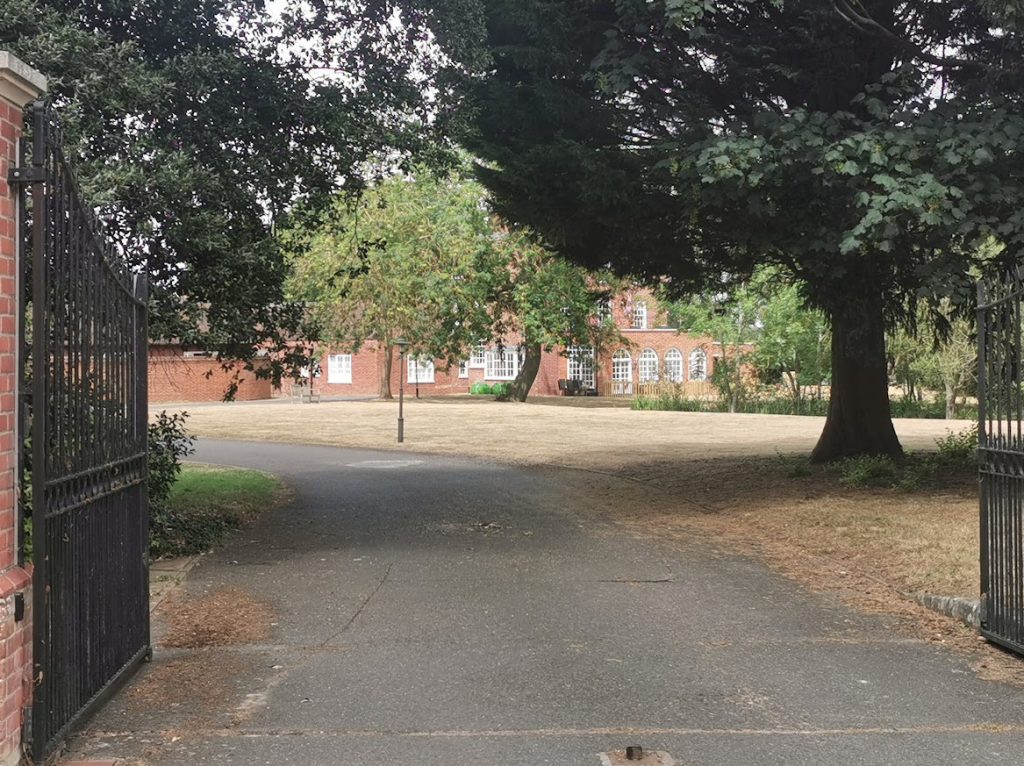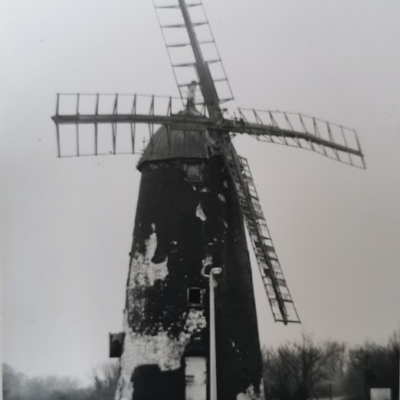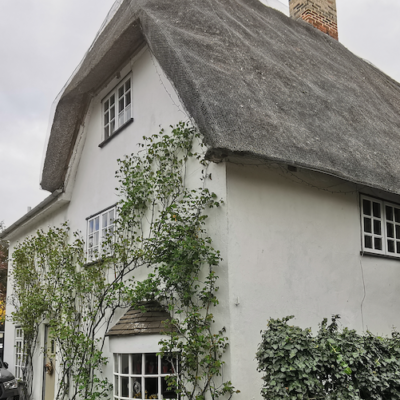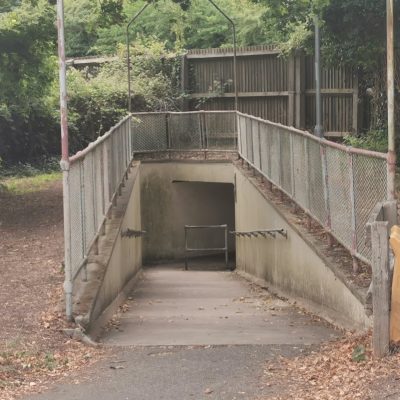Search by topic
- archaeology
- Building of Local Interest
- chapel
- charity
- church
- crime
- dressmaker
- fire
- Great Eastern Railway
- Listed building
- Mapping Relief
- medieval
- oral history
- poverty
- Public House
- Religious House
- Roman
- scholar
- school
- Then and Now
- tudor
- women
- work
- world war one
- world war two
Search by text
 Grove House, Fenstanton (RGL2025)
Grove House, Fenstanton (RGL2025)Grove House, Huntingdon Road, Fenstanton
History of Grove House
Listed Building
Early C18 house of three-storeys and square plan with rear kitchen wing of one-storey.
Admiral John Brown
John Hammond (1755-1830). He had been a Fellow of Queen’s College Cambridge and an ordained C of E minister but he left the church and became a Unitarian. He was a Whig and oppsed the war against the French Republic. he cited the complaint of the women of Fenstanton whose wages for spinning work were cut from 1s a pound to 9d.
He had a dove house built and also a bath-house where he took a cold bath daily. He enjoyed music; his wife played the harpsichord and Elizabeth Curwen, widow of the St Ives Unitarian minister, the violin.
Hammond found himself in conflict with the vicar, Thomas Bourdillon, on several issues.
There were problems with his family however. One son, Robert stole a horse and in 1829, aged 24, was transported to Tasmania. he was still a convict in 1856. Son William remained at home to look after the estate; son henry became a naval surgeon on The Britomart. On one of his voyages he landed in ‘The Bay of Islands’, New Zealand, where he met his cousin Thomas. He had also been a convict (for fraud).
Contribute
Do you have any information about the people or places in this article? If so, then please let us know using the Contact page or by emailing capturingcambridge@
License
This work is licensed under CC BY-NC-SA 4.0








